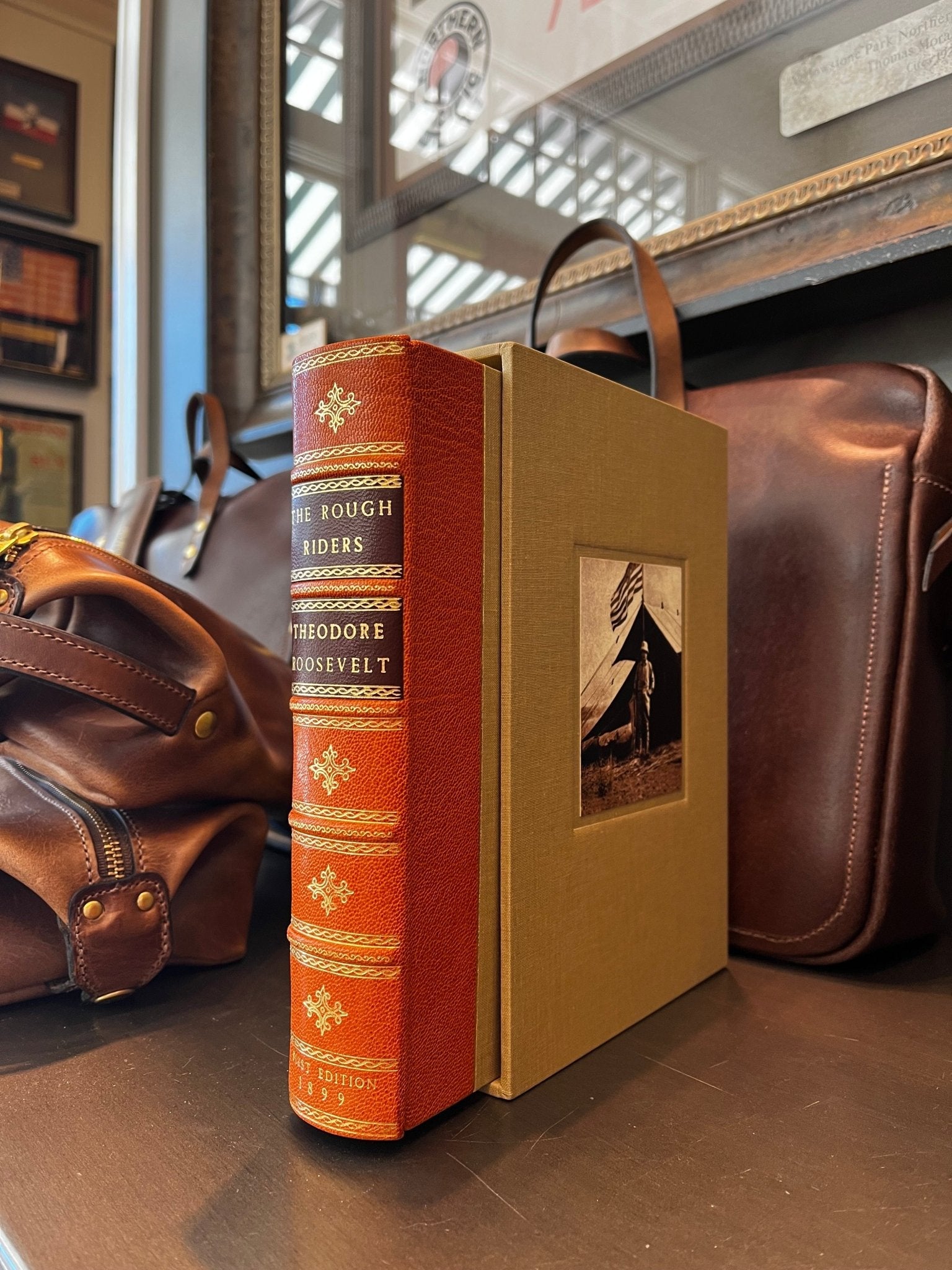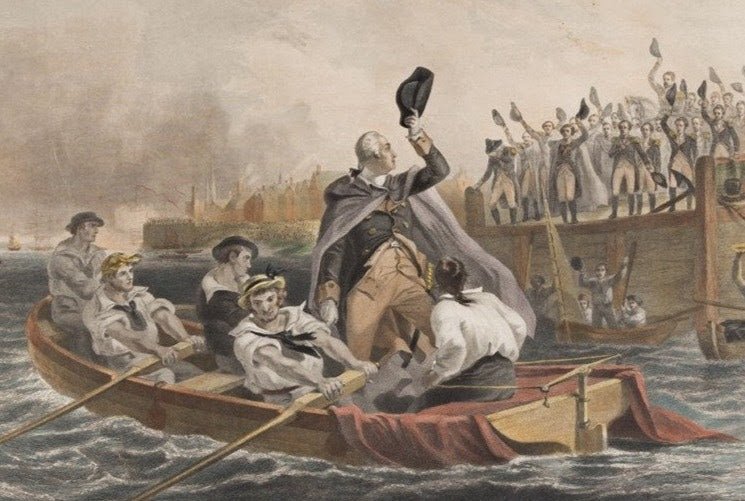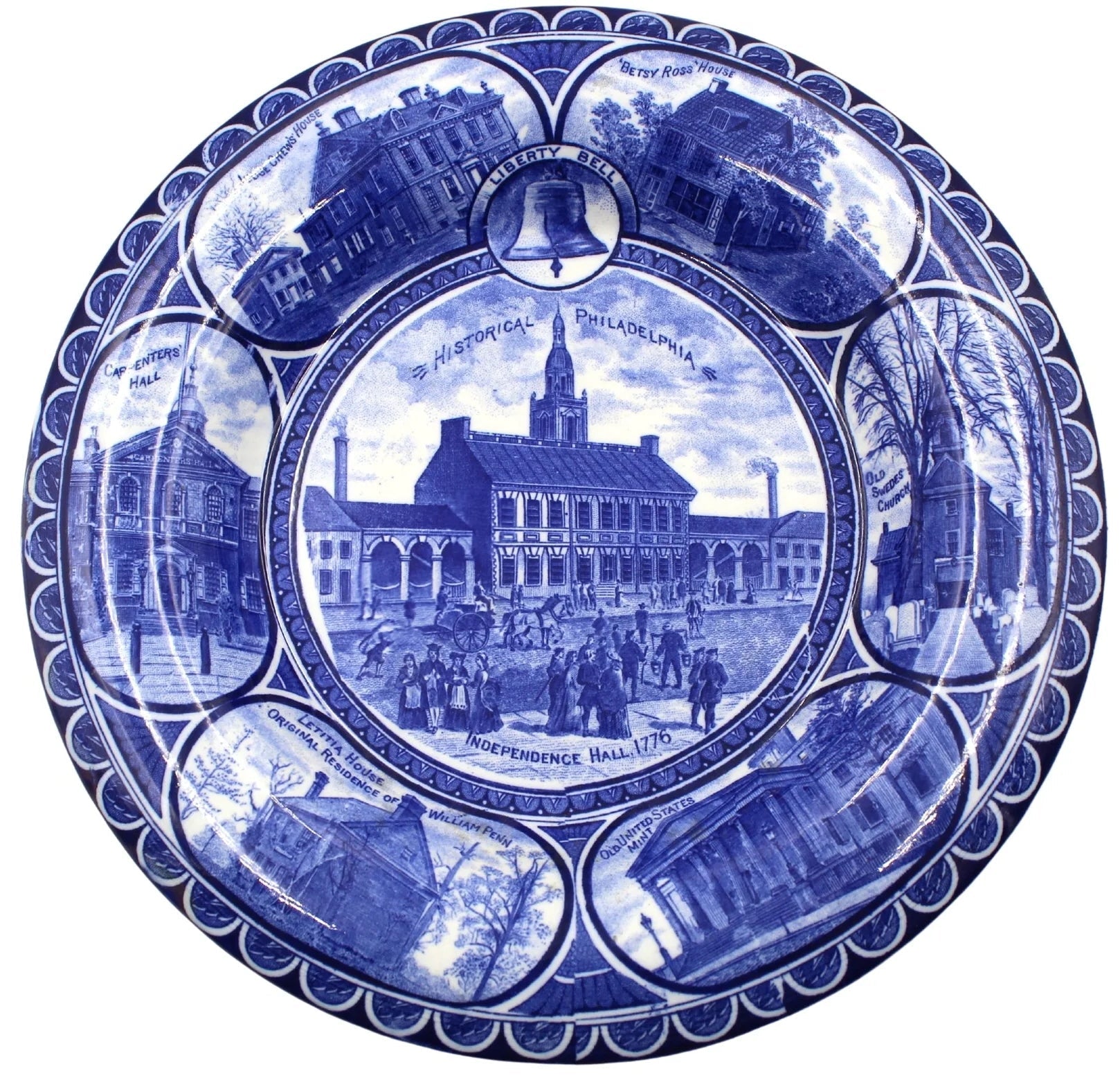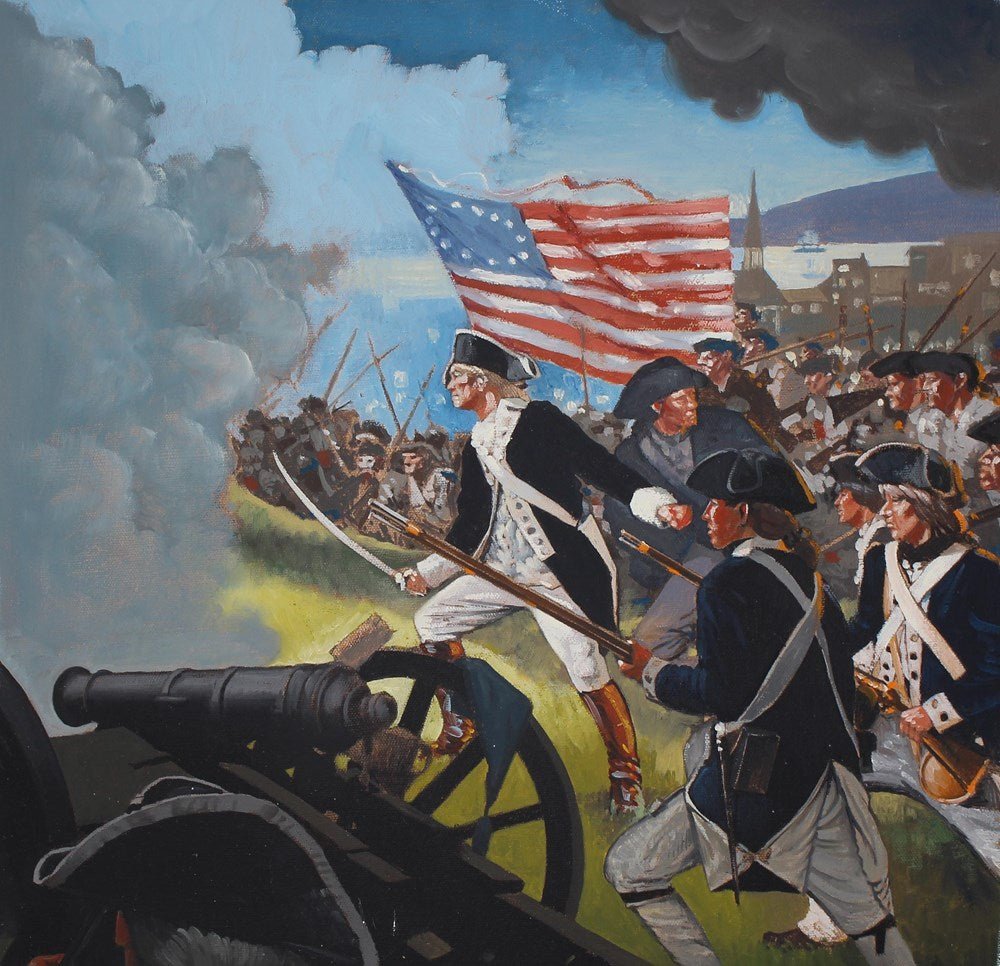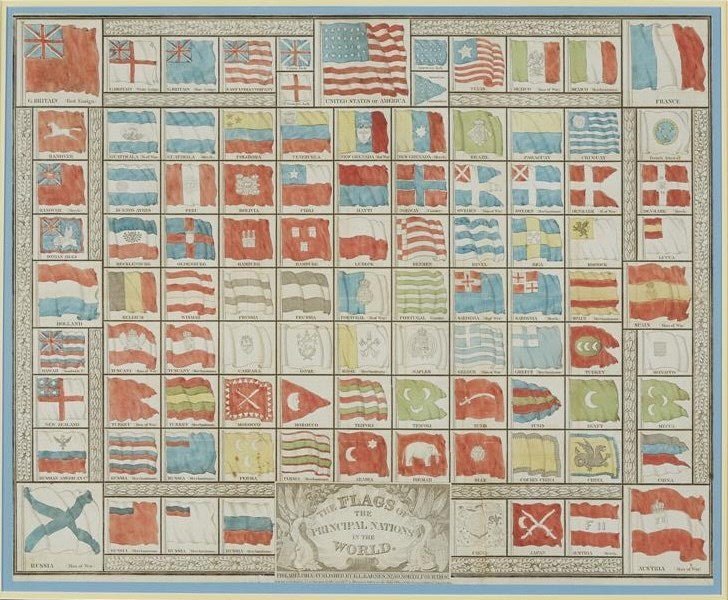Exploring the Dust Jacket Design of Ernest Hemingway's "A Farewell to Arms"
This first edition printing of Ernest Hemingway’s A Farewell to Arms features a striking dust jacket design by the artist Cleonike Damianakes Wilkins, who worked as an illustrator under the pen name of Cleon. Wilkins was known for her distinctive fusion of Art Deco and Hellenistic styles. She designed the dust jackets for Hemingway’s earlier The Sun Also Rises in 1926 and his later publication In Our Time in 1930, as well as Conrad Aiken’s Great Circle, F. Scott Fitzgerald’s All the Sad Young Men, and Zelda Fitzgerald’s Save Me the Waltz.
Wilkins was chosen by Hemingway’s celebrated editor at Scribner’s, Maxwell Perkins. In order to differentiate Hemingway’s tale from other, competing WWI novels on the bookshop shelves, Perkins sought to widen its appeal through the dust jacket. The resulting design was Wilkins’ interpretation of Sandro Botticelli’s epic oil painting “Venus and Mars,” and the triumph of love over war. Her classical figures appealed to a female audience and allayed the more shocking elements and language in Hemingway’s blunt story of war.
Hemingway was not a fan of the cover and wrote to Perkins, “I cannot admire the awful legs on that woman or the gigantic belly muscles [on the man].” Yet, Perkins’ choice proved to be the right one. A Farewell to Arms was Hemingway’s most successful publishing venture to date. Scribner's issued seven impressions of the novel in the short time between September and December of 1929, with over 100,000 volumes sold. We are lucky enough that this first edition is also signed and inscribed by Hemingway, making it all the more collectible.
I invite our collectors to consider this first edition, dust jacketed version, signed by Hemingway. Or if your design tastes align more with Hemingway than with Perkins, consider this first edition printing, which has been recently rebound in quarter leather and cloth boards with gilt titles and tooling to the spine.





